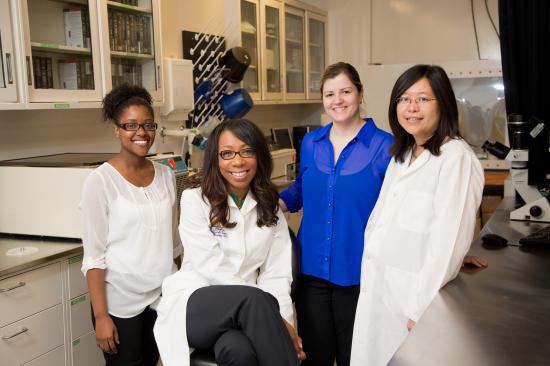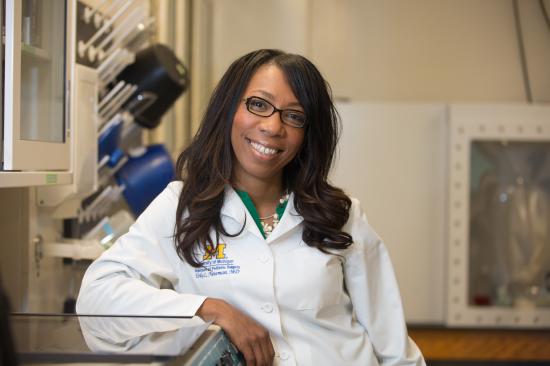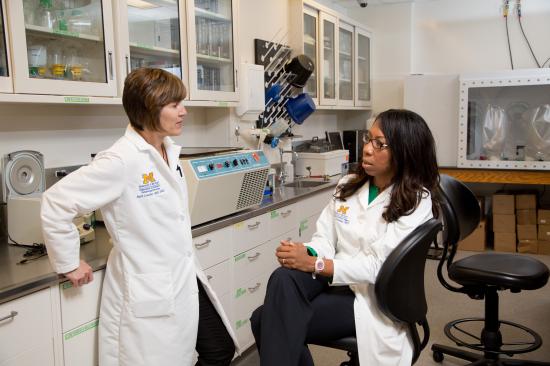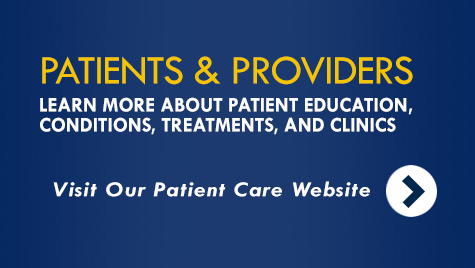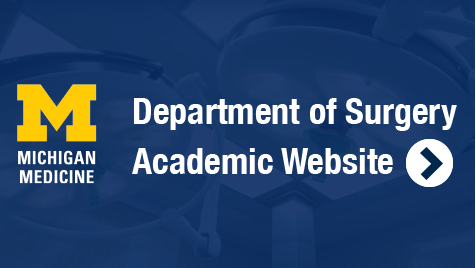Our work revealed the mechanism by which the oncogene MYCN confers neuroblastoma cells with a distinct survival advantage: through the alt-NHEJ DNA repair pathway. We found that efficient but faulty repair through alt-NHEJ is the primary pathway neuroblastoma cells with high-risk genotypes use to address DSBs.
These findings led us to investigate differences in protein and gene expression of important NHEJ components in high-risk tumor cells. Through this work, we demonstrated that particular NHEJ repair proteins — the enzymes Ligase I, Ligase IIIa and PARP1 — were overexpressed during development in high-risk neuroblastoma. Clinically, patients with these forms of the disease have lower overall survival rates than patients whose tumors express low levels of these repair proteins.
Experiments with a knockdown model that silenced these alt-NHEJ components showed decreased expression of key neuroblastoma markers TH, Phox2b and TRKB, suggesting that alt-NHEJ components might be highly promising targets for new therapies that inhibit their activity.
In fact, experimental data from additional work show that inhibiting alt-NHEJ components in high-risk neuroblastoma cells impedes cells' DNA repair response, leading to the accumulation of DNA DSB and to cell death in vitro and slowed tumor progression in vivo. We are now actively engaged in identifying and screening potential compounds that target and inhibit these alt-NHEJ components.
Our work also focuses on optimizing solid tumor cancer models. Using patient tumor samples, our lab has developed a successful method to create reliable preclinical xenograft models that can be used to screen new compounds as well as guide patient-specific treatment. The models created are the first to closely resemble the many biological and genetic factors and processes of patients' original tumors, including metastasis. To date, we've created models of both neuroblastoma and Ewing's sarcoma.

